If you want more search traffic, you need to do SEO analysis. Here is the full process of what you need to analyze for your website and content as well as 6 SEO analysis tools that will help make your whole process a breeze.
SEO analysis refers to the process of closely analyzing and optimizing your website to fit search engines’ parameters so that it ranks higher in search engine results pages, SERPs.
Doing this improves your website’s performance, impacting your website’s traffic and, consequently, your conversions.
Search engines use algorithms to rank content so that the best and most relevant content always shows up first when their users search for information on the web.
If you want to rank higher on google’s search engine, then you must optimize your content to fit the search engines’ parameters.
Why is SEO content analysis significant?
Many content creators admit to experiencing increased traffic after optimizing their websites, and the logic works. Simply put, search engines have been put into place to bring meaning to the chaos known as the internet, and without them, you’d never find what you are searching for.
To do this, companies such as Google came up with search engines. They equipped these search engines with algorithms that systematically index content found on the internet to provide a reliable structure conveniently accessed by users.

To be honest with you, SEO analysis tools are critical if you want to rank higher, reach more people, drive targeted traffic to your site, and meet your business objectives.
It helps you make strategic decisions that will help you improve your ranking and meet your targets without spending too much time and resources.
Because with SEO analysis tools, you can easily pinpoint where you need to take action and improve your content or the technical aspects you need to consider to provide a better experience for your visitors.
So let’s get started.
How do you analyze your website content using SEO analysis tools?
You should follow these 8 steps to conduct a thorough SEO analysis on your website to boost your ranking and get more traffic. You need to follow these steps to the latter if you want the most out of your website.
If you are looking for a quick SEO analysis, check out this post my fellow colleague has written instead.
1. Check your visibility on Google
Search visibility, search engine visibility, or SEO visibility refer to your traffic share as a website gained through your rankings in the organic search results.
For instance, let’s say that you are ranking third for a particular keyword. According to a study on Google’s click-through-rate industry, the third result often gets 18.6% of all clicks.
What this means is that your SEO visibility for that specific keyword is 18.6%. You can calculate your website’s search engine visibility using various SEO tools such as Ahrefs and SEMRush.

Because note that keyword volume doesn’t reflect the exact search traffics you will be getting, even if you are ranking on the first position.
Chances are you might be getting more if your content is ranking for multiple keywords or you might actually get less because your result doesn’t convert to clicks.
How can you increase your visibility?
Either way, when it comes to SEO, you are always striving to increase your ranking to get the first postiion or the much coveted featured snippet.
You could increase your search engine visibility using various strategies. Start by using target long-tail keywords, ensuring your website is target friendly, improving your titles and description tags, building backlinks from relevant websites, optimizing your content for dwell time, etc.
2. Analyze titles and headlines
Titles and headlines often help search engines determine whether the content on a particular page is relevant to the user’s search queries. Therefore, it’s only proper that you use SEO headlines that match what users are looking for.

Also, a search engine scans the keywords found in your header tags to understand your content better.
Header tags are used in HTML as a mark for the headings and subheadings in web-based texts. The titles and subheadings are used to represent a hierarchical order, with the main heading (H1) coming first, going down to the lowest level.
H1 is used to define the page’s primary content, while H2 serves dual purposes. It provides Google with more context regarding the topic your page covers and segments the content making it easier to read.
Using H2 titles motivates readers to skim through the content for a longer time, increasing the time-on-site. Since 79% of readers will only scan through your content, breaking it into bite-sized pieces helps the search engines and your readers go through it better.
3. Analyze your web content
Web content analysis or a content audit is when you go through your website’s content, such as your videos, pages, landing pages, posts, etc., with specific goals in mind.
However, the most fundamental reason for performing website content audits is determining your website’s strengths and weaknesses.
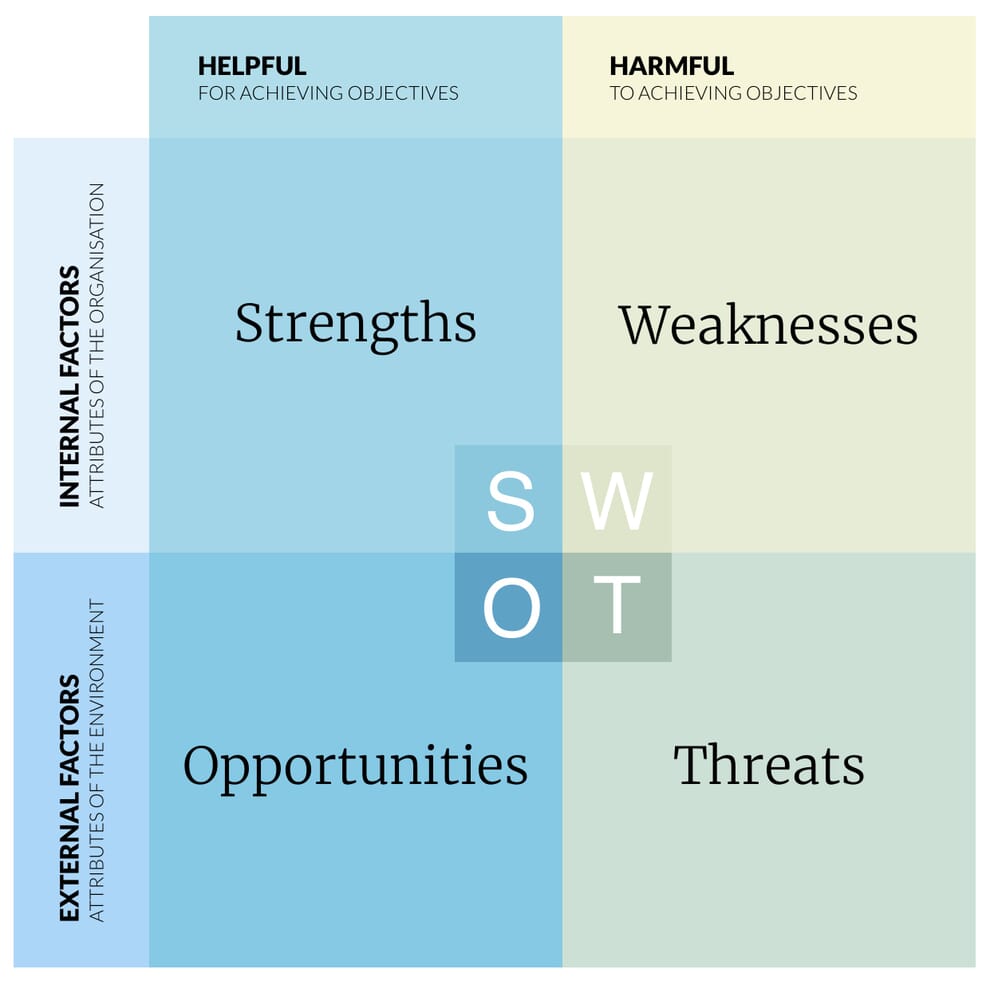
SEO web content analysis is critical since it makes your content more visible to search engines and, consequently, your target market. Therefore, you should do a content analysis to ensure that your pages are optimized correctly and use keywords relevant to current trends.
Go through each page as if you are a reader or user stumbling upon your website, and put yourself in their shoes. Find out what user experience they are going through and how you can further improve it.
Also, ask yourself these questions as you are going through your website and traffic analytics:
- Is my content still accurate and up-to-date?
- Is my content optimized for SEO?
- Which types of content are performing the best?
- Which topics are the most popular?
- Which subjects aren’t represented enough?
One tool that can help you record your user experience down is HotJar. It lets you see how visitors are actually interacting with your website and where you should improve to convert them into customers.
4. Check your internal links
In a study, internal links were found to boost traffic by up to 40%, which is why internal links an integral factor if you want to experience an uptick in your traffic and rankings.
Internal links connect one page in a website to another page on the same website. Doing this helps readers navigate better on your website.
It defines your website’s architecture and hierarchy and distributes your website’s page authority and its ranking power throughout the site. Internal linking also improves SEO by providing clear paths for spiders, prolonging sessions for users, and rolling your pages and posts into a tight-knit network.
However, do note that you have to be clear about your content hierarchy and avoid meaningless interlinking.
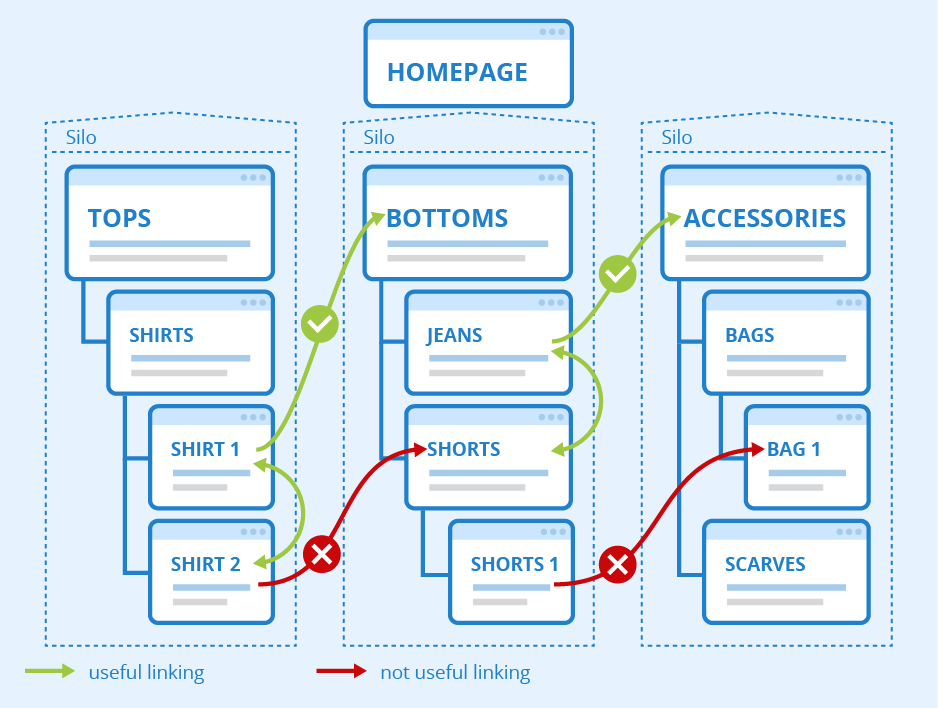
Interlink only related content, and use anchor texts instead of linked images and linked deep. Avoid linking to top-level pages since you want your reader to explore more content on your website.
5. Check URLs and Meta descriptions
A meta description is a small piece of text that can summarize the information contained in a webpage. It is a part of a larger bit, which includes a title tag and a slug.
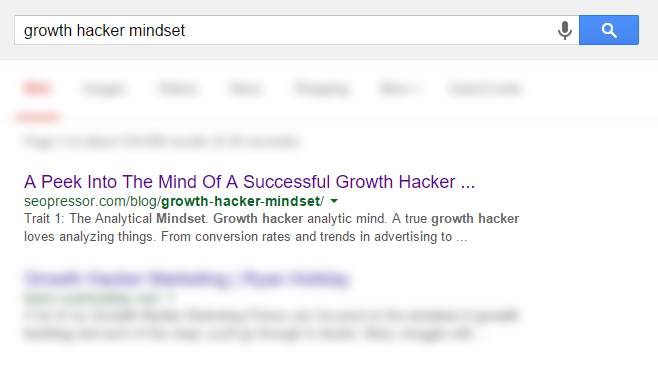
All these create the snippet that appears after making a search query in a search engine results page.
A URL, on the other hand, is the address of a web page. You should ensure that both your URLs and meta descriptions are SEO-friendly.
Ensure that your URLs contain keywords relevant to the topic and check that they have no spaces, underscores, or characters. It would be best if you include your main target keyword in your URL like this post here for example, which is /seo-analysis-tool.
The meta description is like a mini ad for your page. Therefore, you have to ensure that it looks excellent and passes across relevant information, which entices your users to click.
SEOPressor has always been experiencing with their meta descriptions, and saw an improvement of 286% increase in traffic. Check out their meta descritpion case study here to read the complete story.
6. Audit your images
Why is auditing your images necessary? It’s because your images should complement your content. They should communicate what your content means to your readers. Images can also break down content into more digestible pieces, making a website more comfortable to read.
Wait! There’s another reason. Did you know that images can also rank in image search? This is also another way that you can use to divert traffic to your website. You should use simple images that are not too big; otherwise, they may slow down your website’s loading time.
You can audit your images by using Moz Pro.
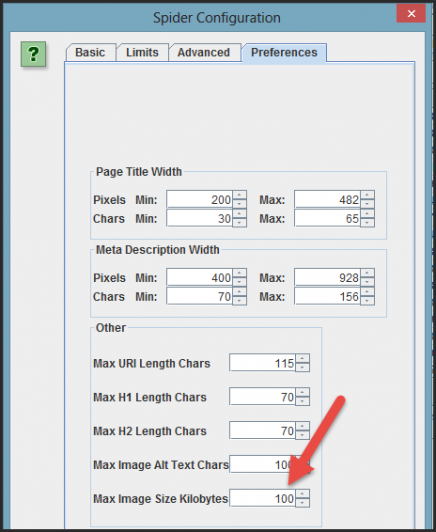
You could also use these tips when incorporating images into your web pages. Save the images in the right order and avoid using a lot of colors. You should compress your images so that they are not too big for websites and ensure that they don’t just serve the aesthetics but have supporting content.
7. Check your page speed
Page speed refers to how fast your page’s content loads, and this can be a massive influence on your SEO ranking. The longer your page loads, the more you’ll be affected in your ranking.
73% of mobile internet users have encountered a website that was too slow to load. Therefore, every second that your page takes to load counts. A three-second delay in page response can lead to up to a 7% reduction in conversions.
You could use a page speed SEO checker and apply some page speed best practices to ensure that your site loads faster than before. Google’s page speed insights could help you boost your page speed by suggesting techniques that could make your pages go more quickly.
For instance, you could activate browser caching and optimize site images. You could also minimize your site’s code and erase any unnecessary spaces and commas in the code to make your site load faster. You can also cut down on your redirects by updating the links that have redirects.
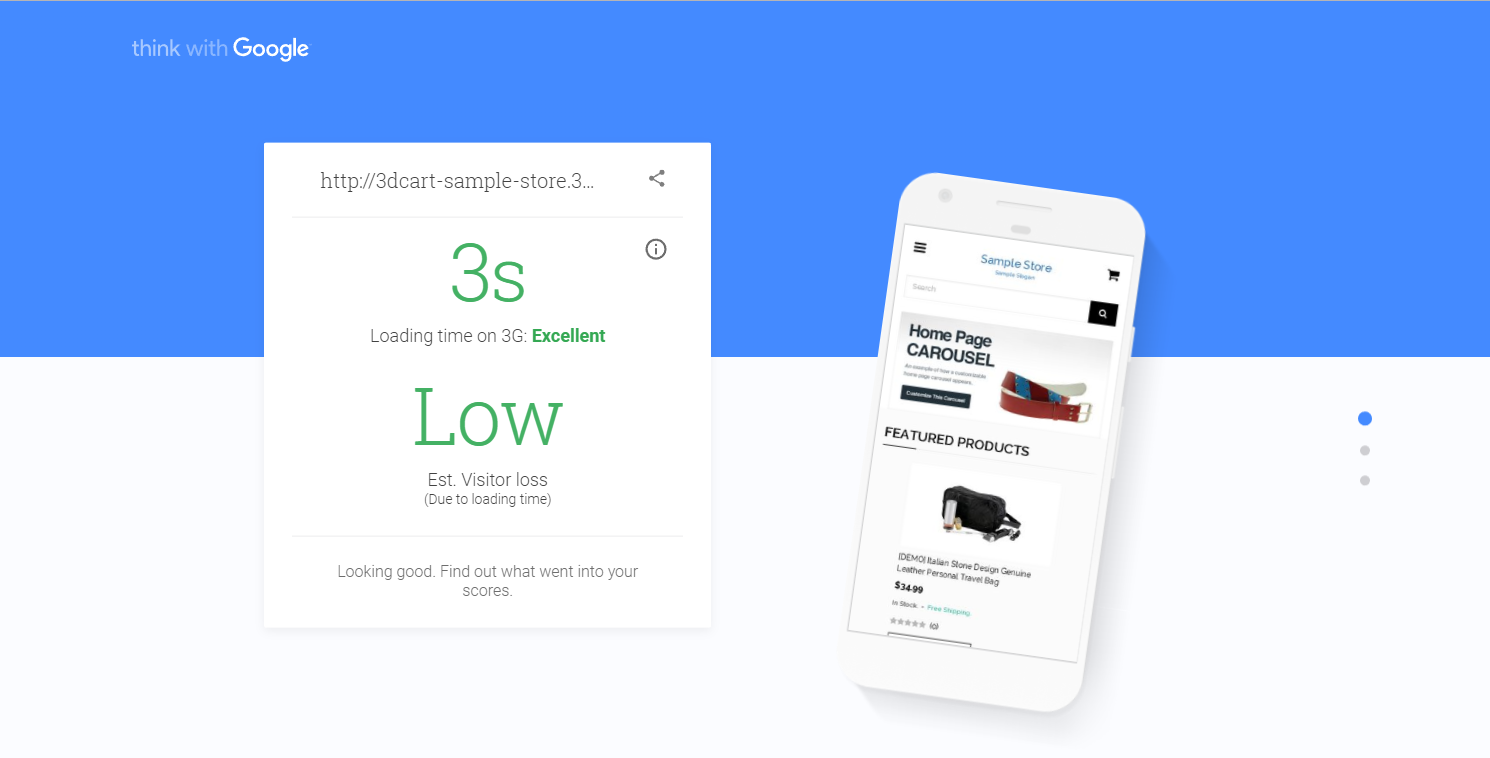
8. Evaluate your backlinks
Getting backlinks is one sure way to boost your SEO; however, it also depends on the type of backlinks you get. For instance, earning a few backlinks from different referring domains will boost your rankings more than getting many backlinks from the same domain.
Use these tools to get a comprehensive analysis of your links. However, whatever tool you use, ensure that it provides you all the necessary information you need to evaluate your links effectively.
What are some of the best SEO tools to help with your analysis?
1. BiQ SEO suite
BiQ SEO suite is one of the best SEO analysis tools with content optimization and keyword research features. It has more than two billion keywords, one million ranking words, and 102,030 supported locations, and what’s more? With all these resources, you only pay for what you use!
Most importantly, here are the tools you can get with the BiQ SEO suite?
BiQ Keyword Intelligence
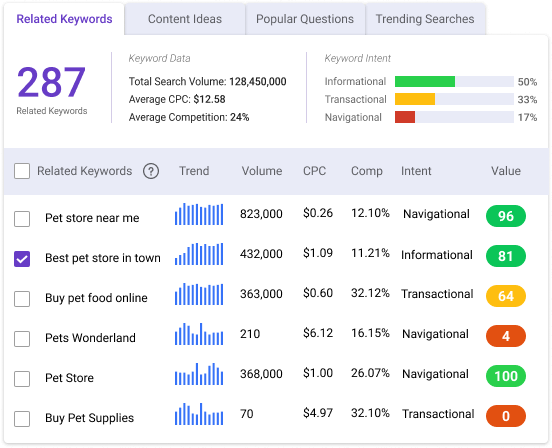
Keywords are a significant factor when creating websites and other online content because they form a link between your website and your audience through search engines.
Why is this important? Search engines such as Google rely on keywords to provide their users with results relevant to their queries.
To rank better on Google, you have to optimize your website with the most relevant keywords, or else your site won’t be ranked higher than your competition. Looking for the right keywords is not a guessing game.
This is why BiQ dedicates all its resources to ensure that you have the most relevant keywords to push you ahead of your competition and make you the authority in your niche. BiQ has over two million keywords and counting.
With BiQ’s Keyword Intelligence, you can brainstorm fresh content ideas, find trending topics and keywords, and target question-based keywords. You can also find long-tail keywords and identify their real SEO value.
Most importantly, don’t let poor keywords destroy your SEO. BiQ also provides you with keyword values to help you identify profitable keywords for you to target.
BiQ’s Content Intelligence
BiQ’s Content Intelligence can help you create the right content that reaches your target audience at the right time. Our tool provides you with the best insights into optimizing your content with a quick turnaround that ensures no wasted time or effort.
The tool uses WordVector to compare your performance against the top 10 SERP content regarding specific keywords. Making this comparison helps you identify the gap between your content and the top ten ranking content in your niche.

The tool is precise enough to tell you exactly which paragraph is less relevant than the entire piece, making it easier for you to perform changes. When making changes, ensure that you use semantically related keywords to increase your relevancy, rather than stuffing keywords.
BiQ Rank Intelligence

Do you know all the keywords that you are ranking for? Search engines rank you for more keywords than you are aware of. You must be mindful of all the keywords that search engines rank you on to allocate your resources more effectively.
With BiQ’s Rank Intelligence, you’ll discover new opportunities that you can take advantage of, and it will also reveal factors that hinder you from getting to the top position. The tool provides you with all the metrics for your ranking pages to help you make well-informed decisions.
Besides, it also helps you discover the content gap between your site and your competitor’s site. You could take advantage of this tool to quickly narrow down or surpass your competitors.
BiQ’s Rank Tracking
Finally, with BiQ’s rank tracking, you can see how your website truly performs. With this tool, you measure your website’s strengths, weaknesses, and the impact of your SEO efforts. You can then look for practical solutions and how you can optimize your SEO for better results.
Tracking your site’s ranking can give you more insight and focus your keywords on targeted traffic to increase your conversions opportunities. With BiQ’s rank tracking tool, you can even have daily rank tracking, monitor your keyword performance, and monitor your competitor’s keywords. The full BiQ SEO suite is really your best SEO analysis tool, sign up here to get a free account today and try it out for yourself!
2. RankingGap
Another way of securing your ranking on the SERP is to understand the gap between you and your competitors ranking for the search queries. One way of doing it is to conduct a keyword gap analysis.
But doing it manually would not be efficient…and probably not effective at all.
So having a tool like RankingGap that excels in keyword gap analysis makes a great addition to your collection of SEO assistants.

What you’re required to do is to just compare you and your competitors’ domains. There will be a list of keywords all domain shares (Common keyword view), keywords that only you are not ranking (Missing keyword view), keywords you and some of your competitors don’t have (Gap keyword view), and also, keywords that only you are ranking for (Unique keyword view).
These insights will help you strategize your web content to understand which keywords you need to outrank or can help you outrank your competitors.
3. Ahrefs

Ahrefs is an excellent tool for checking your links. You can use it to crawl your site and analyze your website for common SEO issues. You can also monitor your SEO health overtime. The SEO tool also has alerts that keep you notified on new and lost backlinks, web mentions, and even keyword rankings.

Ahrefs also allows you to monitor the growth and decline of referring domains over time, plus a complete breakdown of your target backlink profile. Ahrefs SEO tool also has a keyword generator that has hundreds of keyword ideas you can use for your SEO.
4. Moz Pro
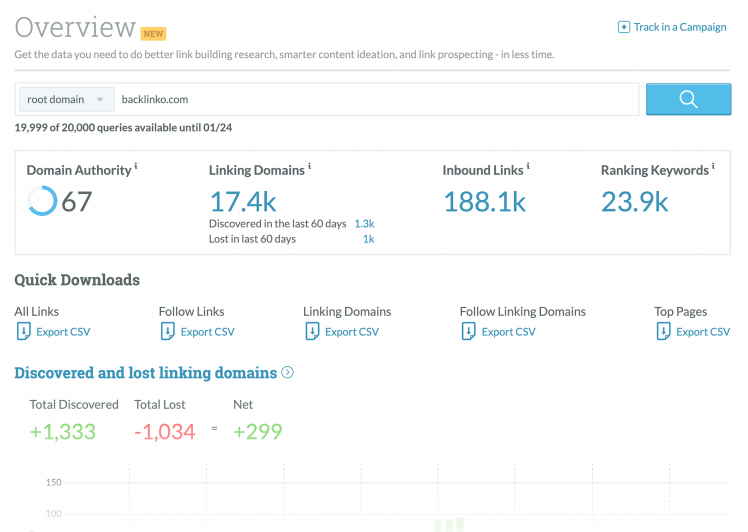
Moz Pro helps gather data on your website’s rankings, page optimization, and site crawl and link metrics. You can use this data to help you implement your SEO strategies.
Besides, the tool also allow you to see how your domain’s authority compares with your competitors by tracking links that they rank for.
Moz Pro tool is designed to increase search engine visibility with critical features that include link explorer, link intersect, spam score, and many more. One great thing about Moz Pro is that it helps you reach out to sites linked to your competitors but have not linked out to you yet.
5. SEMRush

SEMRush is an efficient tool for improving online visibility and getting marketing insights. SEMRush is significant for people who work in SEO, PPC, keyword research, and content marketing, etc.
SEMRush allows you to compare domains between you and your competitors on performance. Doing this gives you insights into how your keywords rank against your competitors. SEMRush provides you both data and strategy, which is excellent for growing your website’s SEO.
6. Google webmaster tools
Of course, there are Google webmaster tools. This refers to all Google tools including Google Analytics, Optimize, and Search Console. You absolutely can’t do SEO without these tools.

Google is the largest search engine that provides insight to anyone who owns a website on how it sees the website and what you may do if you want to improve different aspects of the website. It helps you uncover any issues that may need fixing.
Google search console monitors, maintains and troubleshoots your site in Google’s search results. You can confirm if google can find and crawl your site. You can also fix indexing problems and request indexing for new or updated content.
Key Takeaway: Invest in SEO tools
Suppose you want to conduct your SEO more efficiently and save a lot of time and resources.
In that case, you need to invest in an SEO analysis tool that is effective, offers many services, and most importantly, doesn’t break the bank. Investing in such a tool could help you improve your SEO and get more traffic flowing to your website.
Sign up for BiQ today and tell us what you think.




